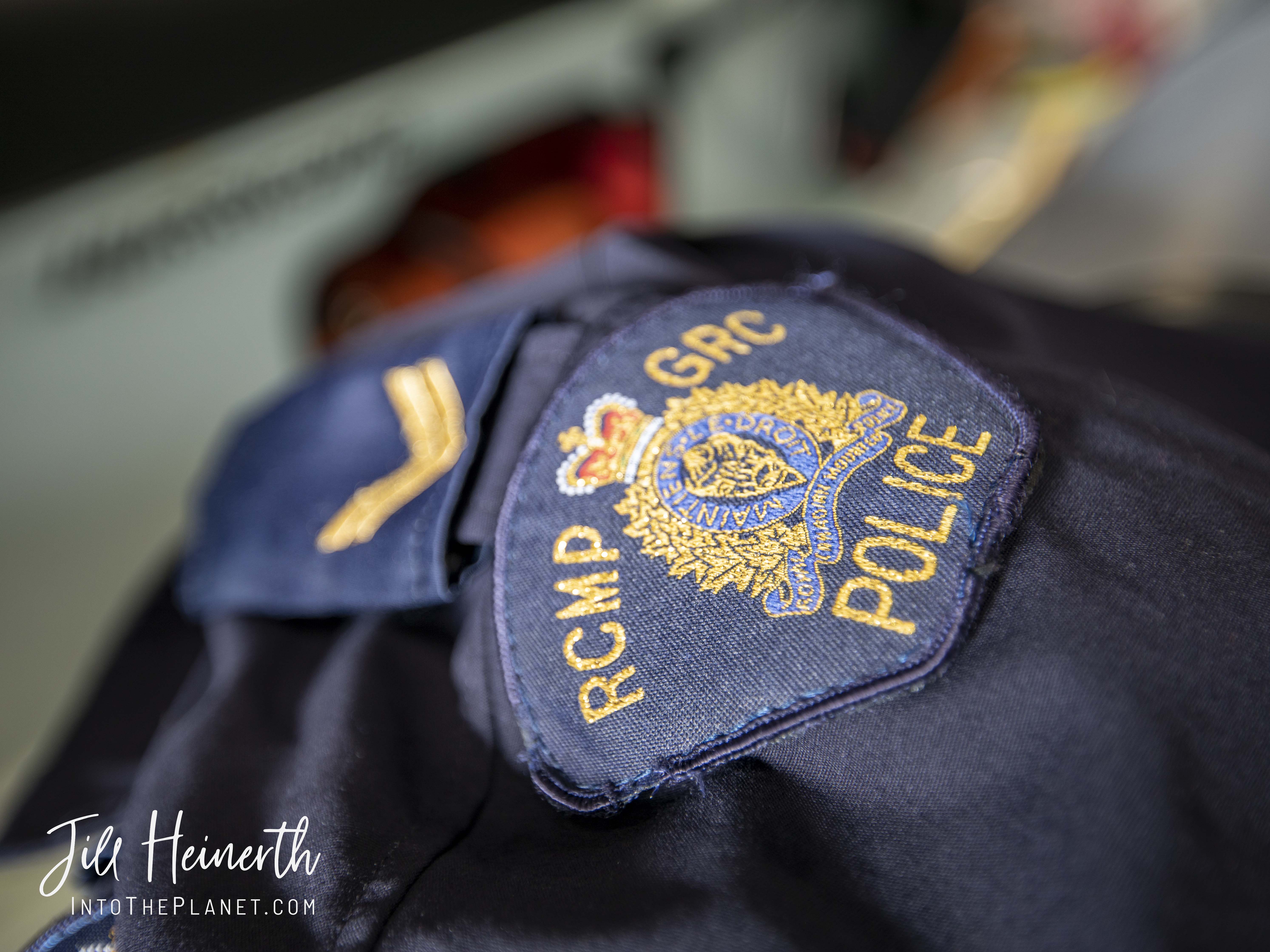Aikoku MaruTruk Lagoon, Micronesia WWII history and resplendent marine life make Truk Lagoon one of the world’s best diving destinations.Join me in January 2022 when I return to Truk on a comfortable, small group, liveaboard adventure with The Dirty Dozen Expeditions. Website Email for Info Shortly before 8 am on Sunday, December 7th, 1941, Japanese aircraft carried out a surprise attack on the American Fleet based in Pearl Harbor in the Hawaiian Islands. In just 90 minutes the Japanese Navy managed to destroy seven battleships, around 90 support ships, and 250 aircraft, with a total of some 5,000 servicemen wounded…
Reliable drysuits are critical for survival and comfort in cold water. Without proper exposure protection, one could expect to survive for less than 45 minutes in water that is near freezing. In less than 15 minutes, unconsciousness would be likely. The best drysuits are custom-tailored and manufactured with custom features. When wearing heavy layers, you still need good range of motion. A drysuit should be light and soft but also durable and flexible. A cold-water hood should be made with supple, stretchy neoprene that seals well on the face. Undergarments must be of a technical variety that will retain insulation…
Scuba regulators are life-support devices. When you use these under ice and in extreme temperatures, it is important to have confidence in their operation. Regulator free-flows are one of the most significant hazards when diving under ice or in very cold water (less than 4°C). The sudden drop in pressure causes the condition as air passes from the cylinder through the first stage. When high-pressure air passes through the first-stage, it hyper-cools the metal moving parts. In a piston reg, small ice crystals can block the piston open, causing more airflow and trapping the piston open, creating a vicious feedback…
Shooting the dancing colors of the northern lights is often a part of a trip of a lifetime. It is critical to have the right gear and settings to capture the stunning visuals to share with your friends. Bring a high-quality tripod capable of stabilization for a 10-20 second exposure. Carbon fiber is lighter and easier to handle than metal. Your camera should be capable of working in Manual Mode so that you can control aperture, ISO, and shutter speed. Check the aurora forecast for your area to determine if and when they might peak. The aurora activity is described…
Shooting in the polar regions offers some incredible opportunities for capturing rare wildlife sightings and natural phenomena such as the northern lights. To make the best of your trip, be prepared for the cold. The following tips will help you protect your camera, batteries, and body from the chill. Store extra batteries fully charged and warm inside your parka. I use the inside chest pocket, so they are close to my body. Bring at least three camera batteries so that you have two spares ready to go. You don’t want to miss a shot when the low temperatures shorten the…
